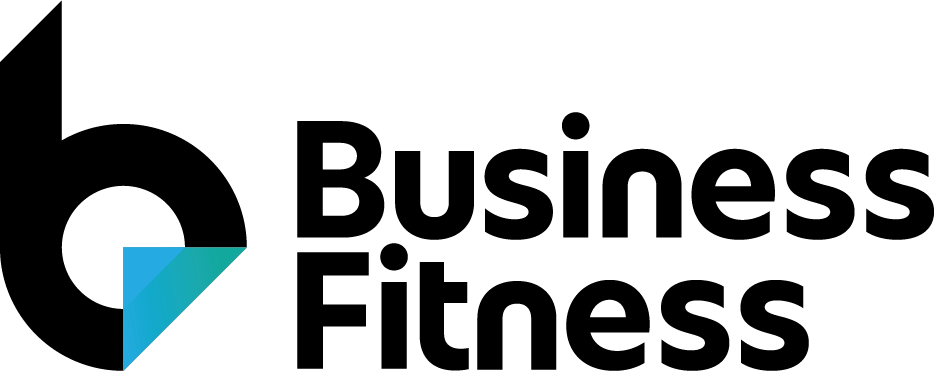
| Article Objective: To assist admin users in navigating the Active Platform to customise Active Workpapers. Context: By the end of this guide, you will understand the best practice to customise Active Workpapers. Please refer to the Glossary for definitions of key terms used in this article. TABLE OF CONTENTS
|
Overview
There are a number of customisation steps we recommend as best practice for the admin user to follow in order to customise Active Workpapers.
The steps are as follows:
- Update firm settings
- Review standard templates
- Customise record templates
- Customise binder templates
- Customise job, record and client query statuses
- Customise advanced features (including standard chart of accounts, lead schedules, external reporting feature, and matching rules).
Note: We understand that every firm is different and will want to customise different aspects of Active Workpapers. We recommend you work through the different customisation steps in order (as above), skipping any you don't require.
1. Update firm settings
The first step is to review your firm settings and add any applicable information including; offices, teams, users and integrations.
For information on how to do this, click here.
2. Review standard templates
Next, review the standard templates provided in the system and use as many of these as possible. There are approximately 100 templates available for use which are managed by qualified accountants and are compliant with tax laws. To review the list of record templates available, click here.
We also offer various automated record templates which enhances user productivity. Refer to the following links for a list of automated record templates available in AU, UK and NZ. It is advised that the standard templates are used when processing an accounts and tax job to ensure consistency across your firm and compliance with laws and regulations.
3. Customise record templates
If after you've reviewed the standard templates, you still feel that your firm has existing templates maintained internally which you would prefer to use, follow the below steps as relevant.
- To add the relevant firm record template to Active Workpapers, click here
- To customise the checklist items within a standard record template or add a new checklist, click here.
4. Customise binder templates
Next, if the standard binder template is not sufficient for the various binder types available, we recommend you customise the binder templates. In addition to customising record templates, admin users are able to create binder templates which are specific to the firm. A binder template sets out the various sections that are standard within the binder as well as any record recommendations that the firm wishes to add.
There are a few options, as below, which admin users can select depending on what you are wanting to customise:
- To create a firm binder template from scratch, click here
- To add worksheets to an existing binder template, click here
- To customise record template recommendations for an existing binder template, click here.
5. Customise job, record and client query statuses
Once the firm settings, record templates and binder templates are set up to standard, the statuses for binders, record templates and client queries should be customised, if desired. For example, a job or record status can be set to 'In Progress' or 'Completed', while a client query can be set to 'Created' or 'Sent'.
To customise the default statuses provided, click here.
6. Advanced customisation features
The final step is to customise any applicable advanced features including the standard chart of accounts, lead schedules, external reporting feature and the matching rules.
Refer below for information on how to do this.
6.1. Customising a standard chart of accounts
Active provides a default standard chart of accounts, however if this is not satisfactory for your firm, we recommend you customise this at a firm level.
For information on how to create a standard chart of accounts, click here.
6.2. Enabling lead schedules
Lead schedules are a powerful feature that allows users to create custom account groups. The lead schedule view offers an intuitive and comprehensive way to visualise and manage grouped accounts. We recommend lead schedules are set up for these reasons.
For information on how to set up lead schedules, click here.
6.3. Customising matching rules
Account type matching rules assist with the conversion process of accounts from the client accounting file to Active Workpapers. These rules are used to define how to automatically allocate an account to the master chart of accounts and drives different functionality based on the account type allocated.
If you are enabling the external reporting feature, you will also be able to set matching rules for mapping and benchmark codes.
Active Workpapers provides a default set of account type matching rules, however does not provide a default set of mapping or benchmark code matching rules.
For information on how to customise matching rules, click here.
Additional resources
To further cement your knowledge, please refer to the following for guidance:
| Resource | Summary & link |
| Training Centre | Click here for user training courses for Business Fitness products |
| Support Centre - AU | Click here for our library of support and user guide articles |
| Support Centre - UK | Click here for our library of support and user guide articles |
